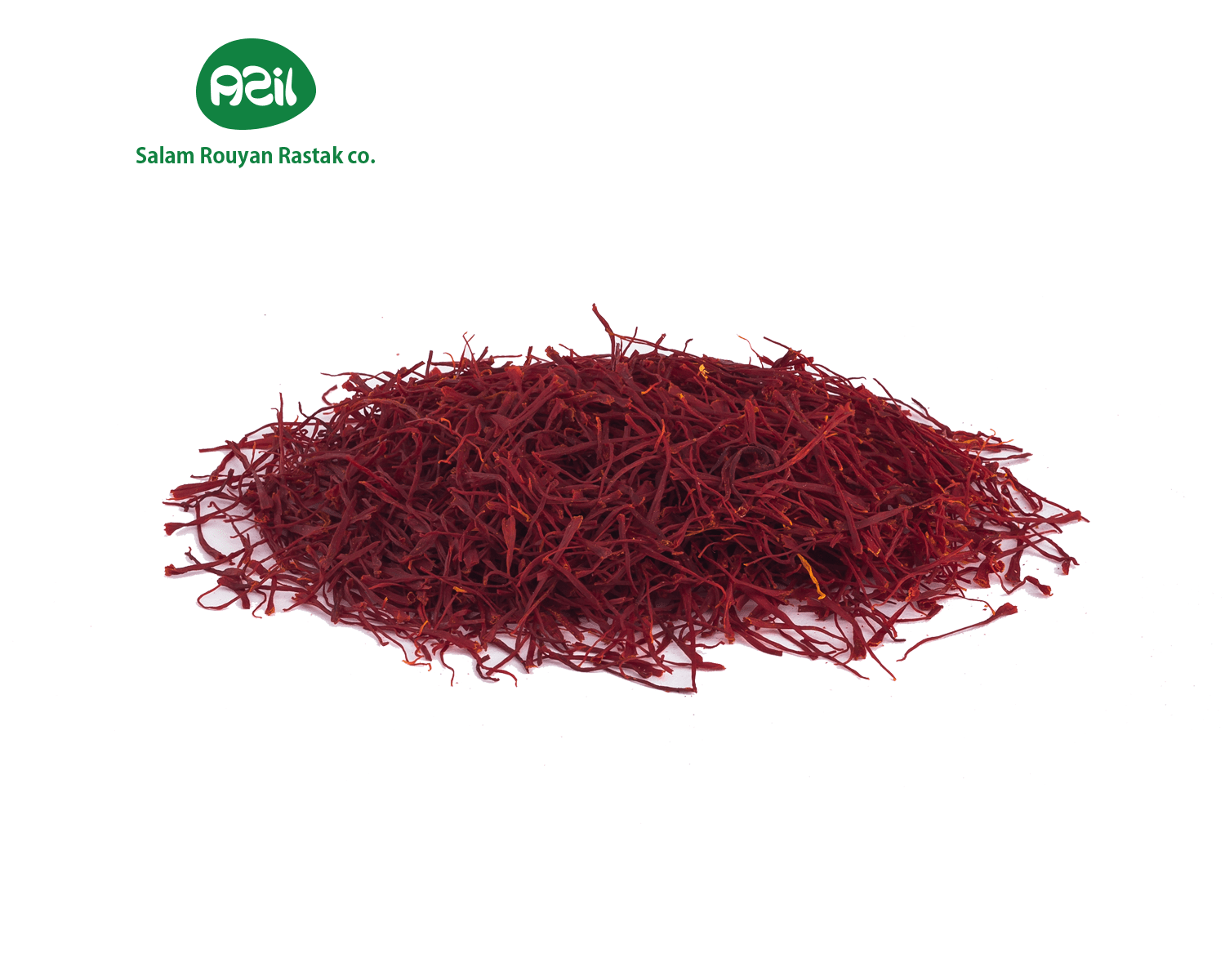Persian Saffron in Weddings and Ceremonies
Persian saffron, with its golden glow, adds magic to Iran’s weddings and ceremonies. Known as “zaferan,” this spice symbolizes joy and blessings in Persian traditions. For example, brides often wear saffron-dyed veils for good luck. This article explores how this golden spice enhances matrimonial rituals, its cultural significance, and health benefits during celebrations. Additionally, we’ll dive into its harvesting, preparation, and global appeal. As exporters of saffron, nuts, and more, we share Iran’s finest zaferan too. So, discover why this spice is a ceremonial treasure, how it’s used in weddings, and why it’s loved worldwide. Join us to uncover this golden wonder and see what makes it a Persian wedding essential!
Introduction
Persian saffron brings a golden glow to Iran’s weddings and ceremonies, infusing them with joy and tradition. Iranians call this spice “zaferan,” harvesting it from Khorasan’s fields, and it symbolizes blessings in every ritual. Couples and families use this golden spice to mark sacred moments with its vibrant hue. We export saffron, nuts, and dates, but this isn’t just about trade—it’s about its ceremonial role. Therefore, this article explores how zaferan enhances wedding traditions, its cultural meaning, and its health benefits. Let’s uncover this treasure!
Persian Saffron in Wedding Rituals

SAFFRON PACKAGING BAG LIKE
In Persian weddings, families rely on zaferan to add magic to the celebration. Brides often wear veils dyed with this golden spice for good luck, a tradition rooted in ancient beliefs. For example, they mix it into rice dishes like shirin polo to wish the couple sweetness. Also, couples sip saffron-infused tea during the ceremony to seal their bond. This spice creates a warm, festive atmosphere, so it becomes a wedding essential.
Zaferan in Other Persian Ceremonies
Beyond weddings, this golden spice shines in various Persian ceremonies. During Nowruz, families sprinkle it on rice for prosperity and renewal. At funerals, they burn zaferan with incense to honor the departed, believing it brings peace. Additionally, parents use it in water for blessings at births, hoping for a bright future. These practices show how deeply this spice connects to traditions. As a result, it holds a sacred place in ceremonies.
How Farmers Harvest This Golden Spice
Farmers work carefully to harvest this spice for ceremonial use. The process starts with planting crocus bulbs in summer, so purple flowers bloom in fall. Before dawn, they pick the blooms by hand to protect the delicate stigmas. Then, they separate the red stigmas, which become saffron. Finally, they dry them in the shade to preserve their golden color. This method ensures zaferan stays vibrant for weddings and ceremonies across Iran.
Preparing This Spice for Rituals
Families prepare this golden spice to enhance wedding and ceremonial dishes. For instance, they soak it in warm water to release its color for dyeing bridal veils. They also grind zaferan into a paste for sweets like halva, served at celebrations. Another method involves steeping it in tea for guests to sip during rituals. Some mix this spice with sugar to sprinkle on desserts, adding a festive touch. Because of these preparations, zaferan brings joy to every ceremonial moment.
Health Benefits of This Golden Spice
This spice offers health benefits that suit festive occasions. It contains antioxidants, which reduce stress for couples during wedding preparations. Zaferan also boosts mood with its natural compounds, keeping guests joyful. Moreover, it aids digestion after big ceremonial meals, a relief for everyone. Its anti-inflammatory properties help with overall wellness, too. Therefore, sharing this spice during ceremonies means sharing health and happiness.
Cultural Significance of Zaferan in Ceremonies
In Iran, zaferan carries deep cultural meaning in rituals. Offering this spice during weddings symbolizes wealth and joy, a wish for the couple’s future. Ancient Persepolis records show kings using it in ceremonies to bless their people. Also, folklore ties this golden spice to love and fertility, making it a wedding staple. At Nowruz, it represents renewal, aligning with spring’s energy. Consequently, this spice weaves a thread of tradition through Iran’s ceremonies.
Saffron and Iran’s Ceremonial Life
Iran’s ceremonial life thrives with this spice. Farmers in Khorasan grow it, supporting communities who rely on it for rituals. Since it’s a costly ingredient, using this golden spice in ceremonies shows devotion and respect. Bazaars buzz with zaferan sales before weddings, delighting buyers. We export saffron, nuts, and these treasures, connecting them to Persian traditions. Thus, this spice remains a ceremonial lifeline in Iran.
Global Appeal of This Golden Spice
Around the world, people embrace this golden spice in their own ceremonies. Its vibrant hue makes it a favorite for wedding dishes globally. For example, Indian couples use it in rice for their ceremonies, inspired by Persian traditions. Also, global markets sell zaferan for ritual teas and dyes, spreading its charm. In Europe, celebrants add it to desserts for festive occasions. Iran shares this spice worldwide, so its ceremonial appeal grows.
Challenges with Using This Spice
Using this spice for ceremonies can face hurdles. Drought in Khorasan, for instance, reduces saffron harvests, limiting supply for weddings. Counterfeit zaferan with artificial dyes also misleads buyers, affecting quality. Additionally, harvesting this golden spice by hand takes time, making it labor-intensive. However, Iran ensures this spice remains pure for ceremonial use. This effort keeps the tradition alive despite challenges.
Opportunities to Share Ceremonial Zaferan
The future offers chances to expand these traditions. This spice in wedding kits could, for example, become a global trend for couples. Creating saffron-based ceremonial teas for international markets is another idea. Furthermore, families worldwide could buy zaferan online for their rituals, extending its reach. We’re committed to sharing these treasures for global ceremonies. So, these opportunities ensure this spice has a ceremonial future ahead.
How to Choose the Best Saffron
Looking for the best zaferan for your ceremonies? Check for dry threads—they shouldn’t feel damp, ensuring freshness. Also, look for deep red threads with golden tips, a sign of quality. Taste them for a bitter-sweet flavor, perfect for rituals. Source them from us because we guarantee the best zaferan for your needs. This way, you’ll have top-quality spice for every wedding or ceremony.
Saffron in Global Ceremonial Practices
Globally, this spice enhances ceremonies in unique ways. In Iran, for instance, families use it in wedding rice to bless the couple. Indian celebrants add zaferan to sweets for their rituals, adding a golden touch. In Europe, people steep this golden spice in tea for festive gatherings, delighting guests. You can also use it in candles for meditation ceremonies, creating a calming vibe. These practices show how this spice brings joy to global rituals.
The Future of This Spice in Ceremonies
Looking ahead, this spice will shine in weddings and ceremonies. New farming techniques can combat drought, so supplies remain steady for traditions. Also, people worldwide increasingly seek authentic, ceremonial ingredients like this golden spice for their events. We’re ready to share this awesome spice, along with nuts and more, for global rituals. Therefore, this treasure will remain a ceremonial favorite for years to come.
Conclusion
This golden spice blends beauty with the joy of weddings and ceremonies in Iran and beyond. Its hue, cultural meaning, and health perks make it beloved in rituals. If you’re planning a ceremony, this spice invites you to add a Persian touch. We deliver Iran’s best with care, so you can trust our quality. Want to try it? Contact us to get zaferan for your next ritual. Let’s share this golden joy together!

